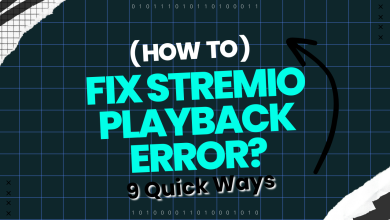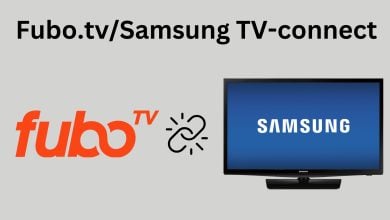Guide: How to Use A Google Chromecast With Any Device
Wondering how to stream the Netflix downloads on your phone on your TV? Look no further; Google Chromecast is the answer. Read on below to learn how to use Chromecast and stream your favourite videos, movies and TV shows from nearly any device, on your TV.
Before we begin, if you cast YouTube to your TV mainly because of YouTube Vanced (RIP) or Revanced, check out our guide on how to get ad-free YouTube on Android/Google TV.

What is Chromecast?
The Google Chromecast is a dongle device that allows you to cast media from your phone, computer or any other Google Home device, on to your TV or any other monitor. Casting refers to the process of mirroring your device’s screen with another device’s screen.
Chromecast can be used to stream on TVs and even individual monitors. It also has support for streaming on multiple screens. To achieve this, the following conditions must be satisfied:
- The TV or monitor must have an HDMI port.
- The TV or monitor must have a power source.
Pretty simple, right? That’s what makes Chromecast the go-to for streaming enthusiasts. This, and the fact that Chromecast is pretty easy to set up and use, due to its simplicity and user-friendly interface in the recent models.
Another plus point is that Chromecast is also very affordable; the normal Chromecast, which supports 1080p HD resolutions only costs $30, while the 4K version is priced slightly higher at $50. Both cost the same as the previous, third-generation Chromecasts which have now been discontinued.
So, while this guide focuses on the latest model, dubbed “Chromecast with Google TV,” no matter which Chromecast you use, this guide will help you to set it up with any kind of device.
Precursor: Setting Up Chromecast
For Chromecast to work, the device that is being used to cast (such as your smartphone) and the Chromecast itself, need to be on the same Wi-Fi network. See our guide on how to setup Chromecast or simply follow these steps:
Plug in the Chromecast to your TV. Turn on your TV and switch the input to HDMI.
The Chromecast interface will appear and prompt you to download the Google Home app on your casting device. Install the app from your device’s store.
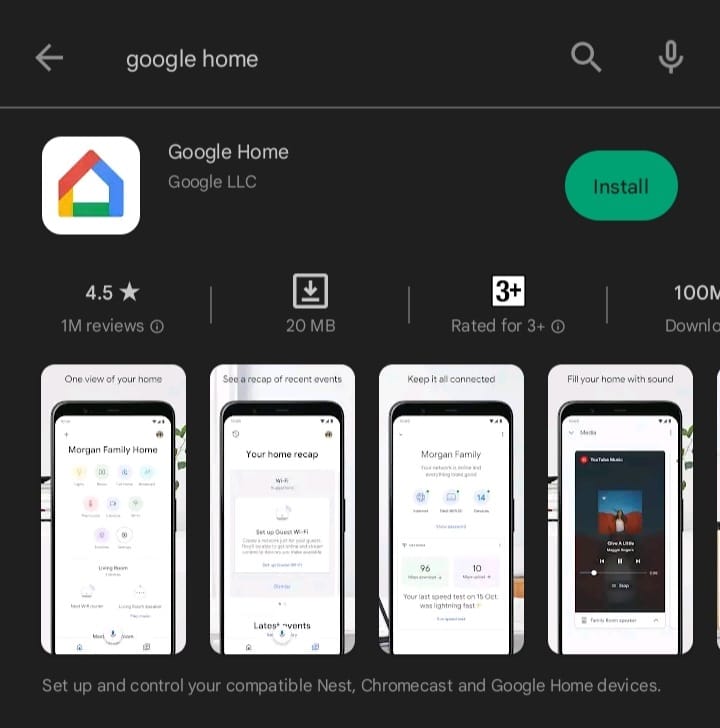
Download the Google Home app Once the app has been installed, open it and follow the displayed instructions. Once done, it should ask you what you are setting up. Select Chromecast/Google TV.
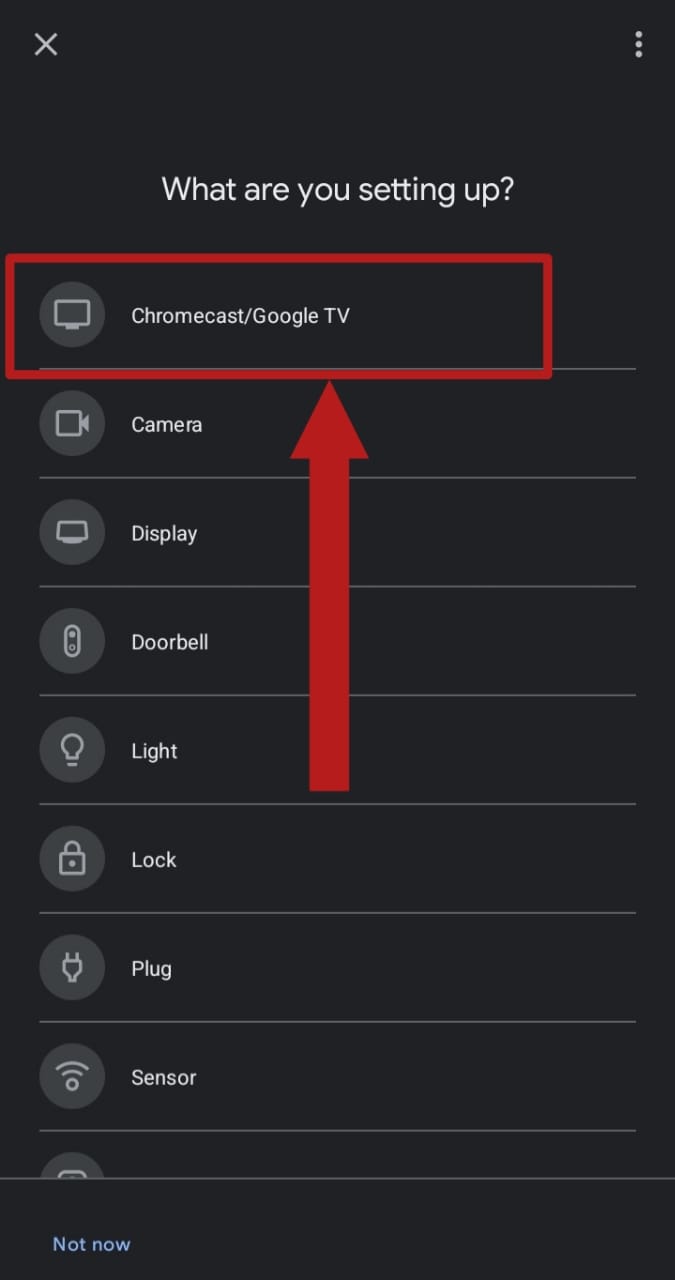
Select Chromecast/Google TV from the setup menu Scan the QR code on the TV screen. Log in to your Google account. Connect to the same Wi-Fi network as the device being used to cast. Done! Your Chromecast should be ready to use now.
If at any time you cancel the setup, worry not. Simply open the Google Home app again and follow these instructions:
- Select the Add (+) icon on the left side of the screen

Select the Add button on the left side - Select Set up device.

Select Set up device - Pick New device.

Choose New device - Choose Home.
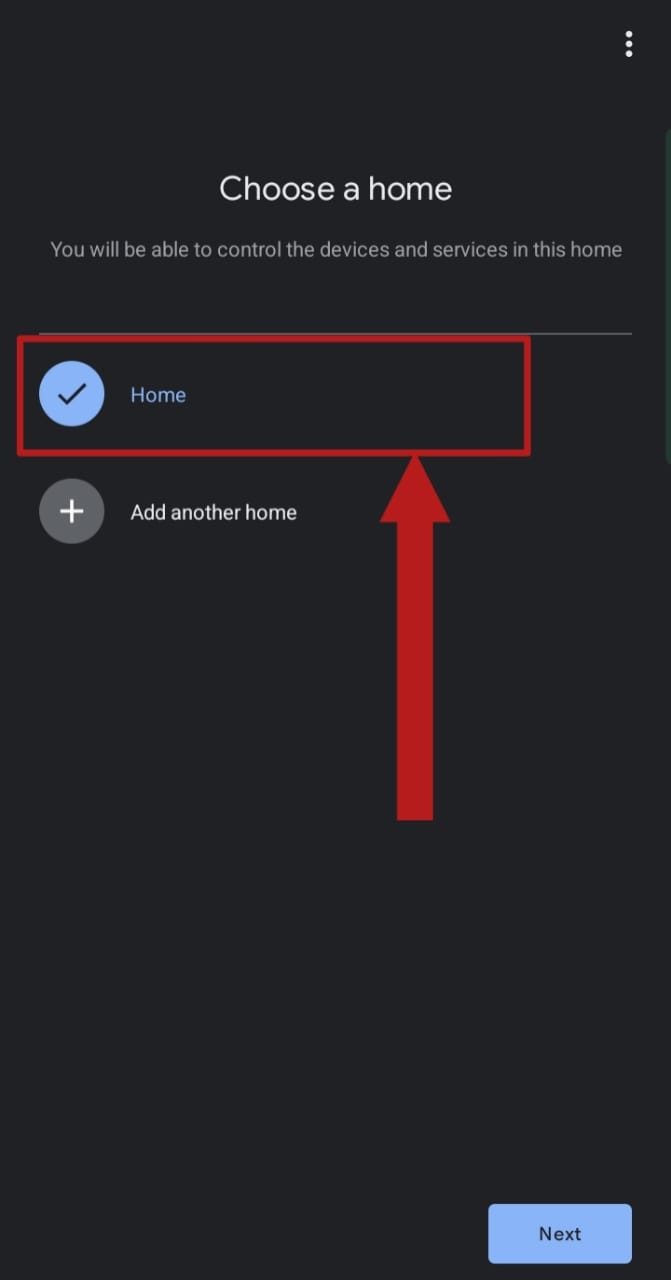
Choose Home
The app will begin searching for nearby devices after asking for permissions. Select your Chromecast and finish the setup. Once everything is good to go, you should see your Chromecast in the app.

Device 1: Casting With Windows and Mac
Using Chromecast on both a Windows and Mac computer requires one thing; the Google Chrome browser. Open the Chrome browser and follow these steps:
- Select the More (three-dot) button located at the top-right corner. A drop down menu should open. Select Cast.

The More option can be found at the right most side of the screen 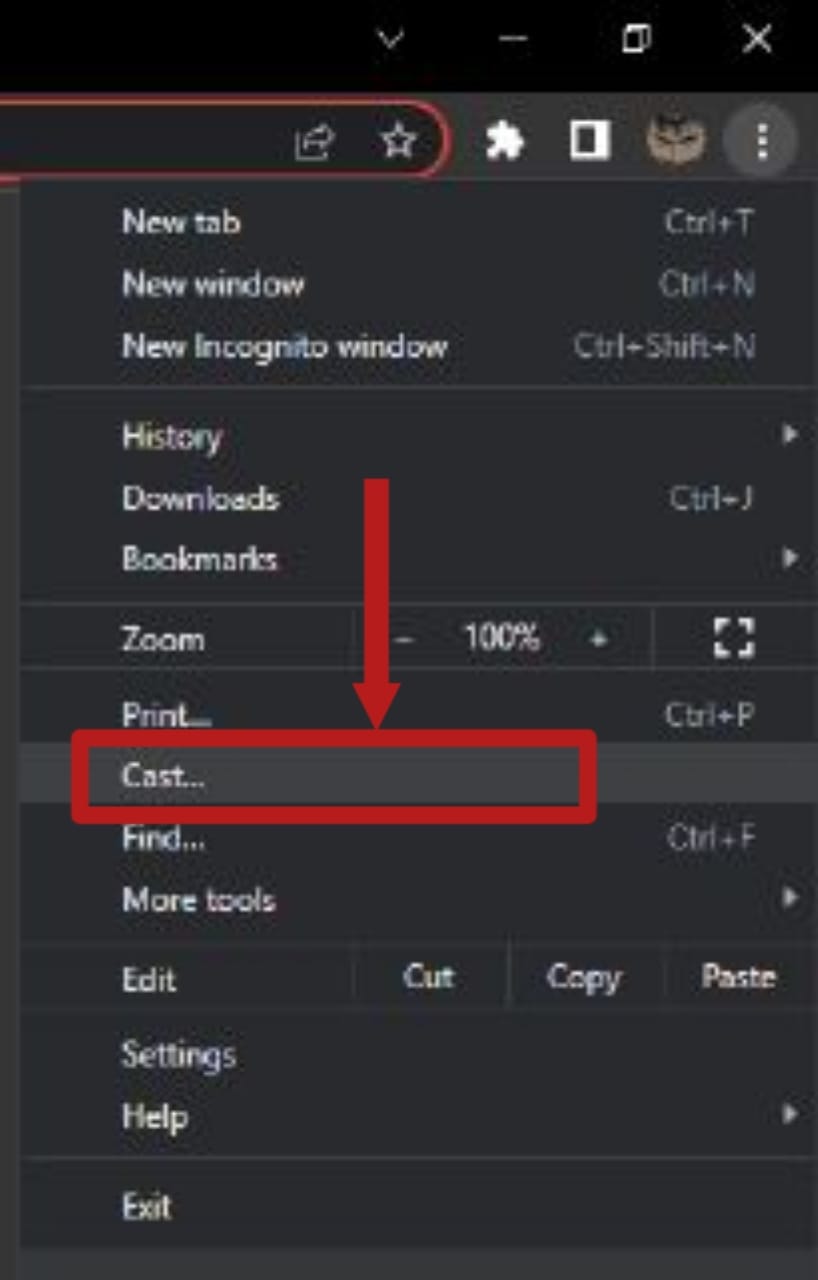
Select Cast in the drop-down menu - It will now begin searching for devices and list the devices in the area. Select your Chromecast device.
- Open the Sources tab to choose between casting a single tab, a file or your entire desktop.
If you choose to cast a single tab or a file, you can continue to work on whatever you want on the background; only the selected Chrome tab or file will be cast.
If you choose to cast your whole desktop, everything that appears or is present on your screen will cast on to your TV.
Keep in mind, however, that Chrome must be left running in the background to maintain the casting process for either of these options.
Device 2: Casting With iOS
iPhone users can cast only through apps that are Chromecast-enabled such as YouTube, Netflix, etc. Chromecast-enabled means apps that support casting through Chromecast officially. If you want to cast your entire screen, you’ll have to make use of third-party apps that help mirror your iPhone or iPad screen to your TV.
You should have set up Chromecast using the Google Home app and be connected on the same Wi-Fi network as the Chromecast. For paid streaming services, you will first need to link them to your Google account before you start streaming, as shown below:
- Open the Google Home app.
- Click on the + button in the top-left corner and select Video from the options.
- Link (or unlink) any service you want. Make sure you have their respective apps installed on your phone already.
- Follow the on-screen instructions and, voila, you should now see the service added to your account.
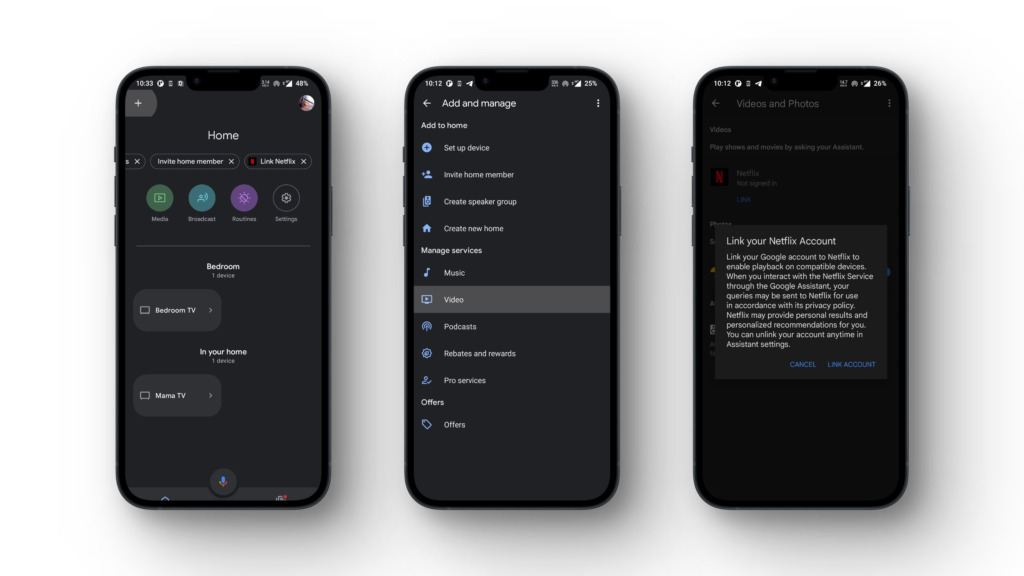
Once linked, all you need to do is look for the Cast icon in various apps (YouTube shown below) and tap on it. You may be asked which device you want to cast to, simply select your Chromecast and enjoy your show or movie.

Device 3: Casting With Android
Android users have an advantage over iOS users in the casting department; they have native support for casting their whole screens along with support for casting individual app screens. This allows them to cast even those apps that don’t have support for casting. Support for this feature might vary phone-to-phone based on implementation by different manufacturers.
For apps that do support casting officially, you can link them to your Google account as shown in the previous section and that will give you the added benefit to be able to open them with Google Assistant on Android.
To cast using your Android device, first ensure that both the Chromecast and your device are on the same Wi-Fi network. Then follow these steps:
- Open the Google Home app which you have set up by following the instructions above.
- Select your Chromecast device.
- Several options for casting should show below. Select Cast my screen to cast your whole screen.
For Chromecast-enabled apps like YouTube and Netflix, you can use the ‘Cast‘ button found in the top-right of the player.

Some phones will also allow you to cast your screen to a Chromecast right from the notification menu without having to open up any app. We found the option to work on most OnePlus and Google devices natively.

Casting Without Wi-Fi
If your Wi-Fi is not functioning properly due to unforeseen circumstances, there is no need to fret. Chromecast can also be used to cast without Wi-Fi. However, this can only be achieved using an Android device. Moreover, you can only cast Chromecast-enabled apps
The casting process without Wi-Fi is nearly identical to the one when using Wi-Fi. Except that you have to make use of Guest Mode. Guest Mode is a feature designed to let guests cast their screen on to your TV without connecting to your Wi-Fi network.
Thankfully, we can use this to cast our Netflix or YouTube downloads when the Wi-Fi is down, or when the Chromecast is experiencing connection issues.
First ensure that your Chromecast is running the latest firmware version. Second you must ensure that your phone has an Internet connection; you can use mobile data or some other Wi-Fi network. Next, to enable Guest Mode, follow these steps:
- Open the Google Home app. Select the Chromecast device.
- Tap on the Settings option on the top right.
- Select Recognition and sharing. There should be an option termed Guest Mode. A PIN should be below it. Toggle the Guest Mode option on to see the PIN. Remember this PIN.
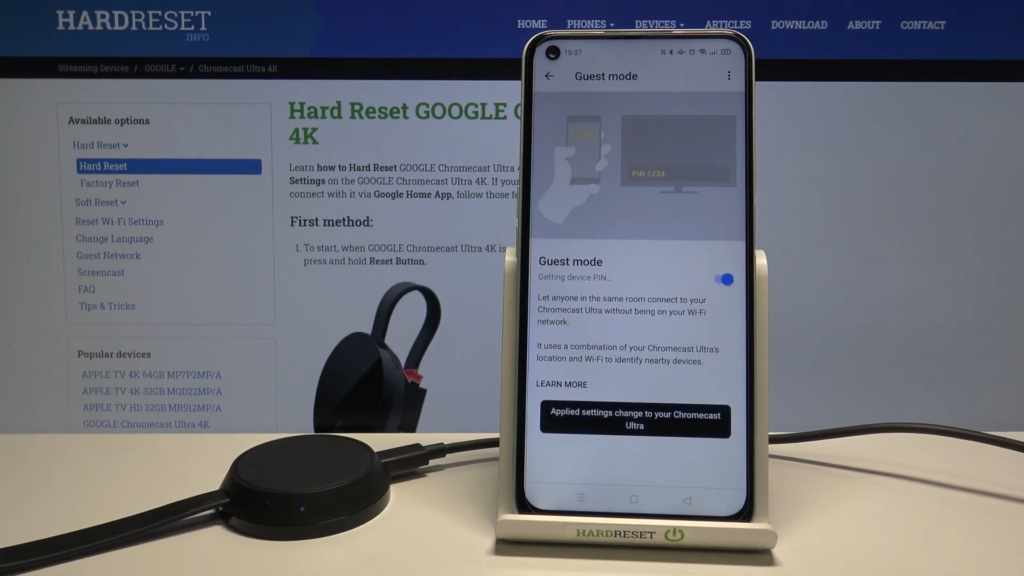
Guest Mode should now be enabled. Now, simply open any Chromecast-enabled app on your Android device, use the the Cast button to begin casting and select your Chromecast. A PIN prompt should appear. Enter the PIN revealed to you before. You can now stream your desired content.
Chromecast for Google TV vs. Chromecast Series
In 2022, Google launched ‘Chromecast with Google TV’ and discontinued the old Chromecast series. The old Chromecast series allowed you cast your phone screen and stream any kind of media.
The new Chromecast for Google TV does the same thing, except that it comes with its own UI called “Google TV,” which is essentially the successor to Android TV, and allows you to stream through your favorite services which come pre-installed.

Another sweet feature of the latest Chromecast with Google TV is that it comes with its own hardware remote for navigating through the interface and also has support for Google Assistant voice commands.
To top it off, it is priced identical to its older counterparts; $30 for the HD version and $50 for the 4K version. There are several other features in the newer version that demonstrate its superiority to its older counterparts.
 Reviewed by
Reviewed by 


